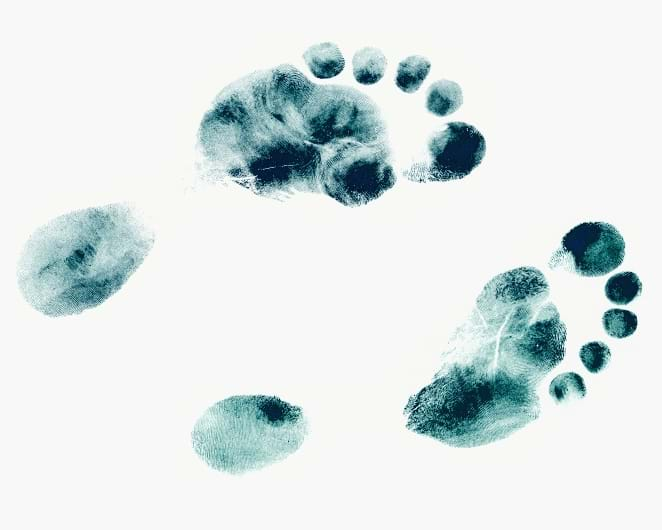In part 1 of our opinion on barefoot running we took a look at the scientific and anecdotal evidence that is floating about on both minimalist and shod running. As you may have read, there is no real conclusive evidence on what works best for your body.

This edition we will explore the implications of the research on your running - if you are a runner. But I would say the same could be said if you are a walker too.
So, here are my personal feelings on the topic. I am married to an avid runner, so I can’t help but soak up his excited feelings for the barefoot stance. It does make some sense that we were born to run without shoes and that the evidence for the wearing of shoes has shown little greater benefit as far as injury reduction is concerned over the past 4 decades. But of course, being a physio and therefore a scientist of sorts, I can’t help but trawl trough the evidence to feel confident in giving
advice based around the research on this subject.
However, as I dabble in running, not long ago I found myself at a local oval, taking off my shoes and socks and running barefoot! This wasn’t my intention, but then, here I was with my shoes off running laps around the oval. And what a feeling! I felt amazing- that feeling of the cool grass between my toes, feeling the natural spring in my stride and legs working hard as I picked up the pace on those few laps. I could even say that I was ‘buzzing’ after the experience.
Perhaps this is why some runners are so absorbed and passionate by barefoot and minimalist running. I guess in that small experience, I understood the passion better. And, without the OK from the ‘scientific evidence!’ Why don’t you give it a try? Remember, small amounts of exposure to begin, such as 1 or 2 laps of
an oval. Enjoy the sensations of the earth between your toes and notice the changes in your running style and muscle activations as you do.
These changes in running style felt with running barefoot, such as shorter stride lengths, faster cadence, mid to forefoot ground striking can all be applied to your running styles when wearing shoes. Why not become aware of your own running biomechanics and try the following changes on your next jog?
1. Cadence.
This is defined as your strides or steps per minute. A higher cadence will shorten your stride length, encouraging a mid to forefoot strike pattern on the ground and improve running efficiency. It will also improve your body’s natural shock absorption patterns and muscle strength in the lower limbs as outlined in part 1. Aim for a cadence of 90- 92 steps per minute. If counting is the last thing you feel like doing, why not count your number of steps in 15 seconds and times by 4? Much like taking your pulse rate.
2. Mid- to fore-foot ground strike.
Running to a higher cadence will do this for you, but there are other tricks to help you to achieve this. Imagine that you are running quietly, or running on a slippery ground surface such as ice. This will bring your ground strike forward on the foot and encourage strengthening of the small intrinsic foot muscles in your arch, the plantar fascia and other muscles across the lower leg. Again, do this slowly with small graduations in exposure, so that your muscle and other connective tissues have a chance to adapt and not inflame.
And what about for the walkers of you? There is no reason why walking barefoot around the oval or on the sand of a beach would not have the same effects for strengthening and balance in your feet and legs.
Give it a try!